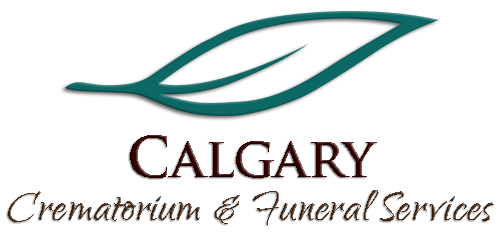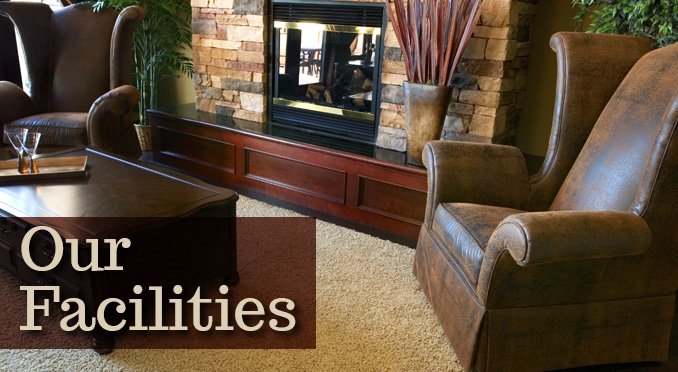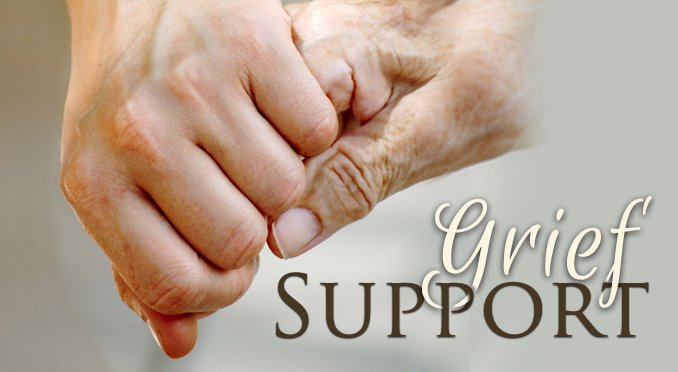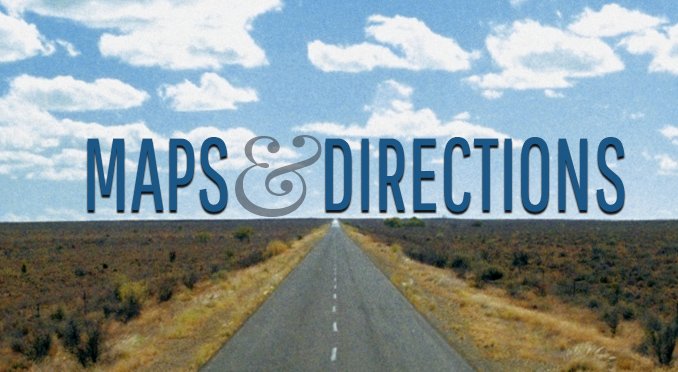

Cremation Services
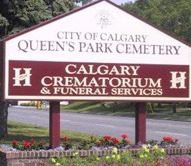
Cremation is an alternative to the burial process and it is chosen by many people because it was requested by the person who died, based on tradition or religious beliefs. Cremation is often thought to be less expensive option in comparison to a burial but this is not always the case. If families already own burial plots, burial can actually be less expensive than cremation.
With cremation the body is placed in an enclosed cremation container that is combustible and placed in a special furnace called a cremation chamber or a crematory where through intense heat is reduced to bone fragments that are then crushed and pulverized to resemble course sand. The cremated remains of an average adult body will weigh about 7-8 pounds and are approximately 2 liters in volume. Cremation is not an alternative to a funeral, but rather an alternative to burial or other forms of disposition.
Cremated remains can be placed in a wall designed to hold urns (niche) scattered or buried, or they may be kept with the family in a decorative urn. There are many new and different ways to dispose of cremated remains today, they can be placed in an artificial coral reef in the ocean, they can be launched into space or sent up in helium balloons, or they can be spun into glass pieces of art or diamonds.
Some religions welcome cremation while others forbid it. The Catholic Church had banned cremation up until 1963, and burial remains the preferred form of disposition today. In other Christian denominations cremation was historically discouraged but nowadays it is more widely accepted. In eastern religions such as Hinduism, Jainism, Sikhism and Buddhism cremation is mandated, while in Islam it is strictly forbidden. Orthodox Jews also forbid cremation; other sects of Judaism support cremation, but burial remains the preferred option.
Frequently Asked Questions
About Cremation.
What is Cremation?
Cremation is the process of reducing the human body to bone fragments using high heat and flame. Cremation is not the final disposition of the remains, nor is it a type of funeral service.
Is a casket needed for Cremation?
No, a casket is not required, Alberta requires an enclosed cremation container. This can be very modest or elaborate.
Is embalming required prior to cremation?
No. Embalming is not required for cremation but is often done. A required element of cremation arrangements is scheduling a time for identification or viewing. This is an opportunity for family to spend time in a home like setting away from the medical equipment and machines and is an important step in the days following a death. Embalming is the medical procedure done by licensed embalmers that allows for the most natural final viewing possible. Embalming is not to preserve the body but rather delay the natural effect of death, includes sanitization and allows the final viewing to be as natural as possible.
Can the body be viewed without embalming?
Yes, The viewing or identification is an important and required part of the cremation process. A time will be scheduled for all families to briefly view the deceased prior to cremation and sign the final permission that allows the cremation to proceed.
Can the family witness the cremation?
Yes they can; for some religious groups it is very common for family members to be present when the body is placed in the cremation chamber. Some religious groups even include this as part of their funeral custom. This is offered to all families.
Can an urn be brought into church?
Nearly all Protestant Churches allow for the urn to be present during the memorial service. Most Catholic Churches also allow the remains to be present during the Memorial Mass. It is encouraged that cremated remains be a part of a funeral as it provides a focal point for the service.
What can be done with the cremated remains?
While laws vary by province, for the most part cremated remains can be placed in a columbarium, buried in a cemetery lot specifically designed for an urn, buried in an existing cemetery plot previously used for a casket (between 4-9 per plot) or scattered in a cremation garden at a cemetery, kept at home or scattered in lakes or parks.
How can I be sure I receive the correct remains?
All reputable cremation providers have developed rigorous sets of operating policies and procedures in order to maximize the level of service and minimize the potential for human error. Since it is illegal to perform more than one cremation at a time, and the vast majority of crematories can only cremate one body at a time, it is next to impossible to receive the incorrect remains.
How long does the actual cremation take?
It all depends on the cremation container selected and the weight of the individual. For an average sized adult, cremation can take two to three hours at a normal operating temperature of between 1,000 and 2,000 degrees Fahrenheit.
What do the cremated remains look like?
Cremated remains resemble coarse sand and are whitish to light grey in color. The remains of an average sized adult usually weighs between 7 and 8 pounds and are approximately 2 liters in volume
Are all the cremated remains returned?
With the exception of minute and microscopic particles, which are impossible to remove from the cremation chamber and processing machine, all of the cremated remains are given back to the family. We do follow industry best practices including the additional step which includes a vacuum in addition to sweeping the cremation chamber and processing machine.
Do I need an urn?
An urn is required and must be selected prior to cremation so that immediately following the cremation process the cremated remains can be placed in their final resting place. There are many types of urns ranging greatly in price, material and design.
Do I need an urn for scattering?
Yes we do still require a container to place the cremated remain into with respect and dignity but this does not need to be a traditional urn. We do offer many urns specifically designed for scattering.
